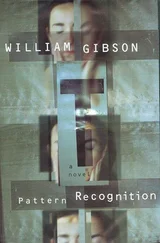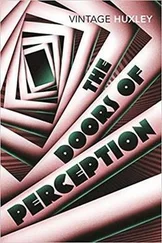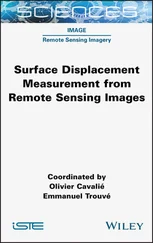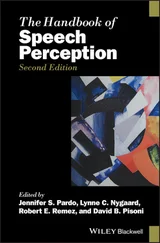A similar effect in the human eye is known to us as the “red-eye effect” when taking pictures with flash. In low light, the pupil expands; despite the speed of the reaction (about 0.25 s), it does not have time to narrow during an outbreak. In the “anti-red eye” mode, a warning flash is provided in the cameras to constrict the pupil.
The lens divides the eyes of vertebrates into two parts. The front part is filled with watery moisture; it helps to maintain the shape of the eye and is involved in metabolism in the cells of the cornea. The large back end behind the lens is called the vitreous body and consists of gelatinous protein. These transparent substances allow you to hold the lens in a certain position. The elasticity of the eyeball ensures its resistance to mechanical damage. The refractive index of liquids inside the eye is approximately equal to the refractive index of water; they are slightly higher for the cornea and lens. Unlike constantly renewing aqueous humor, the vitreous remains unchanged. Sometimes pollution is indicated by randomly “floating” small “threads” in front of the eyes.
Experimental confirmation
The existence of a blind spot can be proved using Figure 1.1.6. After completing a series of simple steps, you will see that the visible image suddenly “disappears.” Close the left eye and place the picture at a distance of about 25 cm. Focus the right eye on the cat, while slowly approaching and moving the drawing. At a distance of approximately 15 ÷ 30 cm (depending on the scale of the image) the bird will disappear and the cage will empty. When the drawing is at a certain distance from the eye, the image of the bird in the cage will fall on the blind spot and disappear completely. However, despite the disappearance of the bird, you will not see a white spot; instead of it the area will be filled with cage bars [Abbasov, 2016].
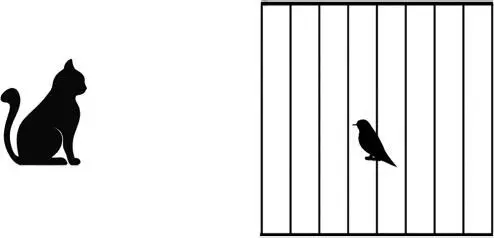
Figure 1.1.6 “Cage without bird”, the scheme for the detection of “blind spots”.
1.1.4 Projection Areas of the Brain
With the help of synaptic connections, each neuron can be connected to thousands of other neurons. Given that the human nervous system has about one hundred billion neurons, and each of which is able to create thousands of synaptic connections, then the total number of synaptic connections in the nervous system becomes on the order of a hundred trillion.
To form the perception of incoming information, electrical signals from a neuron enter the brain. This is due to the nerves, tracts and nuclei of the central nervous system. A nerve is a bundle of axons, through which neural impulses are transmitted from one segment of the nervous system to another. Sensory information is transmitted by nerves to the central nervous system , consisting of the spinal cord and brain . In the central nervous system, there are such sections in which synaptic connections are formed by large groups of neurons, called nuclei. The main function of the nuclei is the processing and analysis of the received sensory information. One of the most important nuclei is the thalamus, located in the forebrain, below the center of its hemispheres [Kassan, 2011], [Gregory, 1970].
Signals from neurons enter certain parts of the cerebral cortex. The cerebral cortex (lat. cortex – tree bark) is a thin outer sheath of the brain hemispheres. Its thickness does not exceed 2 mm, because of the winding shape of the surface, it occupies an area of about 1.5 square meters. The brain (Latin cerebrum, Greek ἐγκέφαλος) is the main organ of the central nervous system; its head end, in vertebrates, is located inside the skull. In the anatomical nomenclature of vertebrates, including humans, the brain as a whole is most often referred to as encephalon.
Highly specific parts of the brain that are associated exclusively with certain sensory modalities are called primary projection zones of the cortex. As shown in Figure 1.1.7, the main projection zones of all sensory systems lie within certain lobes of the cerebral cortex. The lobes are called the anatomically distinguishable area of the cerebral cortex that performs a specific function.
The primary projection area for hearing is in the temporal lobe, the primary projection zone for tactile sensations (somatosensory cortex) is located in the parietal lobe. The primary projection zone for vision is in the occipital lobe (striatal cortex), and the olfactory bulb, located below the temporal lobe, above the sinuses is responsible for the perception of odors.

Figure 1.1.7 Projection zones of the left hemisphere of the brain.
1.2 Eye. Types of Eye Movement
1.2.1 Oculomotor Muscles and Field of View
Human eyes are located in the depressions of the skull and are controlled by three pairs of muscles, called oculomotor or oculomotor muscles ( Figure 1.2.1). Eye movements allow us to keep images of moving objects on the retina, to monitor objects without turning our heads. The central fossa, the macula and the peripheral part of the retina are involved in the process of vision, so our eye is a wide-angle optical system [Shiffman, 2008], [Kassan, 2011]. The field of view of one eye is downwards 70°, upwards 60°, to nose 60° and to temple 90° when observed with fixed eyes, and the sharpness of the image is provided only by the area of yellow spot within 6° – 8°.
The eyes of animals of many species are unable to move autonomously. For example, the eyes of a night owl are so large for her small skull that they almost touch each other. Because of this, the owl’s eyes are motionless, and in order to receive visual information, she has to turn her head.
Visual acuity refers to the ability to recognize small parts. There are five main types of acuity: detection, localization, resolution, recognition and dynamic acuity. The detection acuity is characterized by the detection of an object in the field of view. It is usually necessary to detect a small object of a certain size against a darker background. The acuteness of localization lies in the ability to distinguish between two lines, the ends of which are in contact with each other, as one single solid line ( Figure 1.2.2, left). The sharpness of the resolving power of the eye is the ability to perceive the boundary between discrete elements ( Figure 1.2.2, right); as it approaches the visual stimuli merge into one.
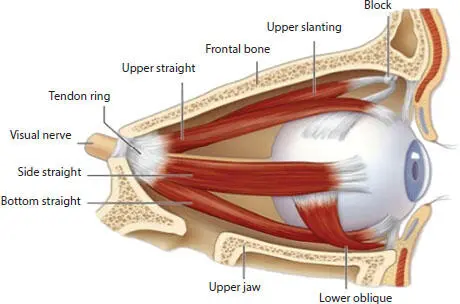
Figure 1.2.1 Human oculomotor muscles.
Testing the sharpness of resolution is usually performed using Landolt rings ( Figure 1.2.3, right). To determine the acuity of recognition, a letter-based test is used, known to us as the Snellen table , which we encounter in an office of an optometrist ( Figure 1.2.3, left). Dynamic acuity is determined by the ability to detect a moving stimulus and track its movement. With increasing speed of movement of the visual stimulus, it decreases.
The process of recognition of a visual stimulus depends on the size of the stimulus and on the distance to it. These two parameters are determined by the concept of the angle of view, the angle of view is the magnitude of the projection of the stimulus on the retina. The angle of view is measured in degrees; you can also use another subjective parameter – the rule of thumb . The width of the thumb of average size at arm’s length has the value of the angle of view of the order of 2°. Using this rule, it is quite easy to determine the approximate angles of view of objects that have been removed; for example, the moon or the sun make an angle of about 0.5°.
Читать дальше




